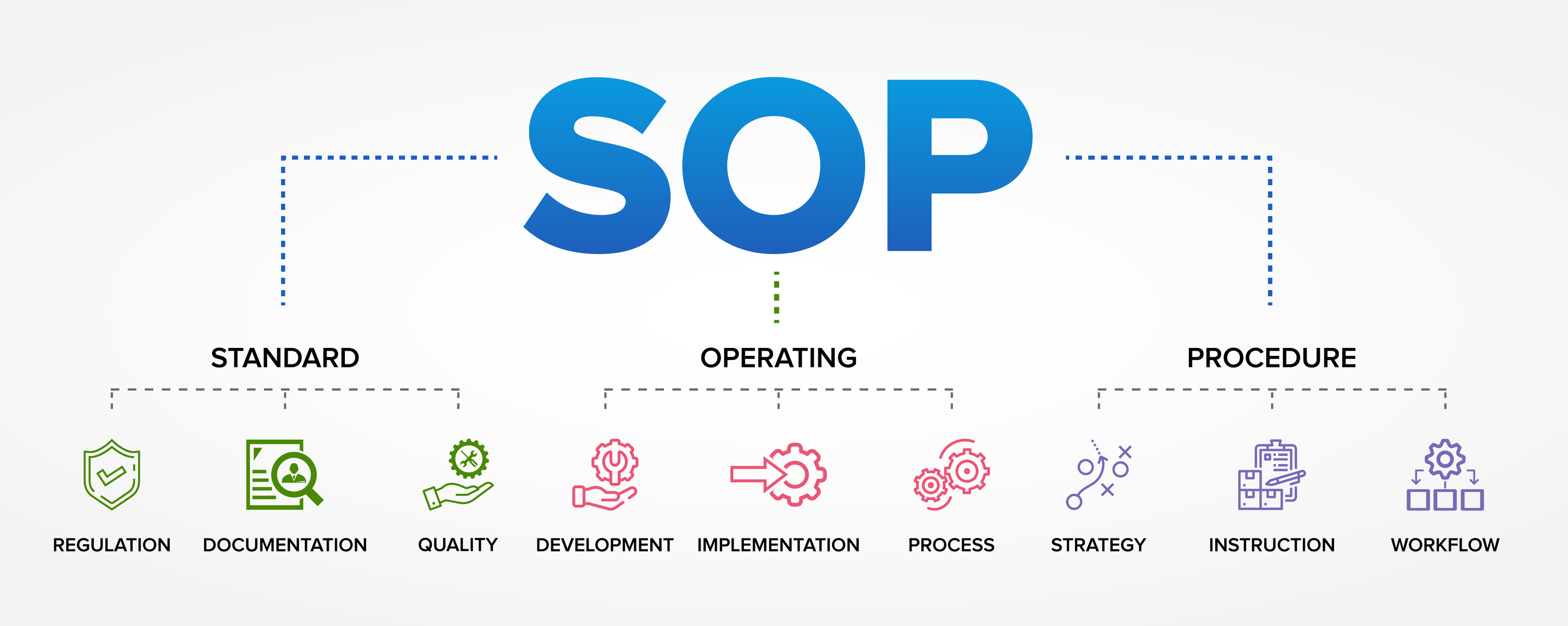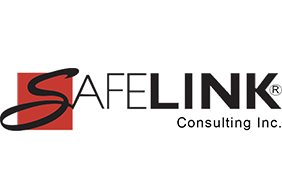The basis for all quality management systems is to establish standardized processes throughout the organization that produce consistent desired results. Virtually every responsibility within the organization can be tied to a process. Standard Operating Procedures, aka SOPs, are documented processes that, if written well using the proper voice, sentence structure, language, and formatting, save your organization time and money and ensure tasks are completed efficiently and effectively and in compliance with regulations.
The purpose of an SOP is to ensure that personnel perform operations correctly and consistently to achieve a quality outcome through uniform performance. A well-crafted SOP offers clear direction and instruction specifically designed to avoid deviations, an absolute necessity for maintaining compliance and delivering quality products.
Writing an SOP is usually not at the head of anyone’s fun list. It can be an arduous task, but the benefits derived from utilizing the SOPs are worth the effort. SOPs should include only the steps necessary for accomplishing the objective of the procedure. Many confuse SOPs with Work Instructions. SOPs provide the general steps to achieve a process, where Work Instructions are the “how” to perform the step. For example, the SOP may be for manufacturing a crown. An SOP step might be to create a model. The Work Instruction would describe in detail how to create the model.
The writing style for SOPs is very important.
- SOPs should be written in a concise, step-by-step, easy-to-read format.
- The information presented should be unambiguous and not overly complicated.
- The active voice and present verb tense should be used. The term "you" should not be used, but implied.
- The document should not be wordy, redundant, or overly lengthy. Keep it simple and short.
- Information should be conveyed clearly and explicitly to remove any doubt as to what is required.
SOPs may be depicted in a flow chart for those who learn better visually.
Remember that SOPs should be controlled documents so that if they are ever modified, they go through a document change process that captures the input on the change, the justification for the change and the revision history is documented.
How to stay on top of FDA dental regulations
The bottom line is that writing and implementing Standard Operating Procedures is worth the effort as they:
• Produce reliable results,
• Maintain consistency,
• Improve quality assurance and safety,
• Standardize customer service,
• Improve efficiency,
• Help transfer work easily,
• Serve as a checklist to reinforce proper performance.
• And meet legal requirements!
Contact us for assistance with a Quality Management System for your business.
Learn more about what SafeLink Consulting can do to help your business with compliance services, including safety compliance, to meet OSHA training requirements and quality system consulting to meet FDA compliance. SafeLink Consulting assists businesses with workplace safety training, infection control training, HIPAA training online, quality management systems, assessments, audits, due diligence, and more.
Industries include:
Dentistry compliance - assisting the dental practice with meeting requirements for OSHA, HIPAA, EPA, and CDC guidelines, patient safety and employee health & safety
Dental Laboratory compliance - assisting the dental lab with meeting requirements for OSHA, FDA, and CDC guidelines, employee health & safety, QMS - Quality Management Systems, plus FDA requirements for lab manufacturing custom implant abutment /GMP for medical device manufacturers
Medical Device Manufacturers compliance - assisting with meeting OSHA compliance & FDA requirements, GMP - good manufacturing practices
General Industry compliance - assisting with OSHA compliance and FDA compliance as it pertains to the specific business
Beverage Industry compliance - assisting beverage businesses such as the craft brewery, winery, cidery, distillery, vintner with meeting OSHA compliance, health & safety, FDA requirements / GMP - Good Manufacturing Practices.
Get notification when new regulatory compliance training courses are added plus upcoming events by subscribing to our email news.






Leave Comment